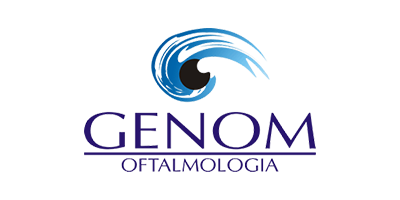
Sessão de Trabalhos Científicos - Apresentação Oral
Código
TL12
Área Técnica
Retina
Instituição onde foi realizado o trabalho
- Principal: Department of Ophthalmology, National University Hospital
- Secundaria: Faculdade de Medicina de Ribeirão Preto, Universidade de São Paulo
Autores
- VICTOR BELLANDA CANDIDO FERREIRA (Interesse Comercial: NÃO)
- JESSICA DEPONTI GOBBI (Interesse Comercial: NÃO)
- MOISES MOURA LUCENA (Interesse Comercial: NÃO)
- JOAO PEDRO ROMERO BRAGA (Interesse Comercial: NÃO)
- MIGUEL V S FRASSON (Interesse Comercial: NÃO)
- DANIEL FERRAZ (Interesse Comercial: NÃO)
- VICTOR KOH (Interesse Comercial: NÃO)
- RODRIGO JORGE (Interesse Comercial: NÃO)
Título
EFFICACY OF SMARTPHONE-BASED RETINAL PHOTOGRAPHY BY UNDERGRADUATE STUDENTS IN SCREENING AND EARLY DIAGNOSING DIABETIC RETINOPATHY
Objetivo
To evaluate the efficacy of retinal photography obtained by undergraduate students using a smartphone-based device in detecting diabetic retinopathy.
Método
We carried out an open prospective study with 99 diabetic patients (194 eyes), who were submitted to an ophthalmological examination in which undergraduate students registered images of the fundus using a smartphone-based device (Images 1, 2). At the same occasion, an experienced nurse captured fundus photographs from the same patients using a gold standard tabletop camera system, with a 45o field of view. Two distinct masked specialists evaluated both forms of imaging according to the presence or absence of sings of DR and its markers of severity. We later compared those reports to assess agreement between the two technologies.
Resultado
Concerning the presence or absence of DR, we found an agreement rate of 84.07% between reports obtained from images of the smartphone-based device and from the tabletop fundus camera; Kappa: 0.67; Sensitivity (Sn): 71.0% (Confidence Interval [CI]: 65.05% - 78.16%); Specificity (Sp): 94.06% (CI: 90.63% - 97.49%); Accuracy: 84.07%; Positive Predictive Value (PPV): 90.62%; Negative Predictive Value (NPV): 80.51%. As for the classification between proliferative diabetic retinopathy and non- proliferative diabetic retinopathy, we found an agreement of 90.00% between the reports; Kappa: 0.78; Sn: 86.96%; (CI: 79.07% - 94.85%); Sp: 91.49% (CI: 84.95% - 98.03%); Accuracy: 90.00%; PPV: 83.33%; NPV: 93.48%. Regarding the degree of classification of DR, we found an agreement rate of 69.23% between the reports; Kappa: 0.52. As relating to the presence or absence of hard macular exudates, we found an agreement of 84.07% between the reports; Kappa: 0.67; Sn: 71.60% (CI: 65.05% - 78.16%); Sp: 94.06% (CI: 90.63% - 97.49%); Accuracy: 84.07%; PPV: 90.62%; NPV: 80.51%.
Conclusão
The smartphone-based device showed promising accuracy in the detection of DR (84.07%), making it a potential tool in the screening and early diagnosis of DR.













